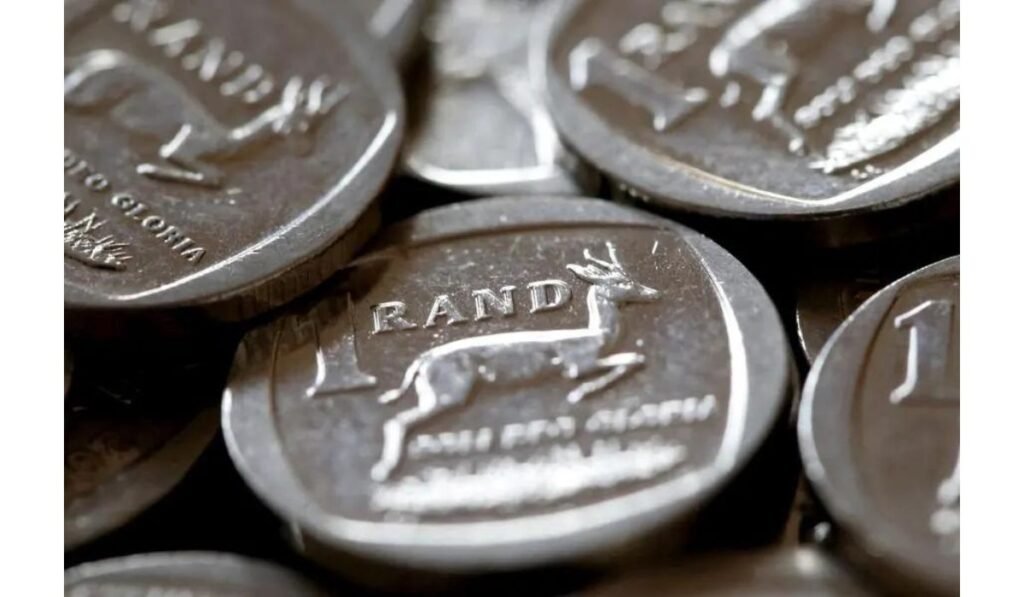South Africa’s rand extended its losses early on Tuesday as risk appetite fell amid heightened tensions in the Middle East and dwindling bets that the Federal Reserve would not cut interest rates any time soon. Amidst growing concerns about global economic stability, the South African Rand continues its decline.
At 0754 GMT, the rand traded at 19.0975 against the dollar , 0.59% weaker than its previous close.
The dollar index was last trading 0.08% higher against a basket of currencies, after hitting a five-month on Tuesday.
Following a recent raft of U.S. economic data, markets have reduced bets of a Fed interest rate cut in July, with the likelihood of the first cut only coming in September.
“Safe-haven assets like the dollar and gold are in demand as risk sentiment turns negative,” said Andre Cilliers, currency strategist at TreasuryONE.
On the South African stock market, the Top-40 index was down 1.73% while the broader all-share index was 1.65% lower in early trade.
South Africa’s benchmark 2030 government bond was weaker in early deals, with the yield up 6 basis points to 10.845%.
Domestic economic challenges have also contributed significantly to the ongoing decline of the South African Rand. High unemployment rates, sluggish economic growth, and persistent fiscal deficits have eroded investor confidence in South Africa’s economic prospects. Structural issues such as inadequate infrastructure, policy uncertainty, and corruption further weigh on the country’s attractiveness as an investment destination. Moreover, the government’s response to these challenges has been perceived as inadequate, exacerbating concerns among investors and contributing to the Rand’s depreciation. Without meaningful reforms to address these underlying issues, the South African Rand is likely to face continued downward pressure in the coming months.
read more
image source








